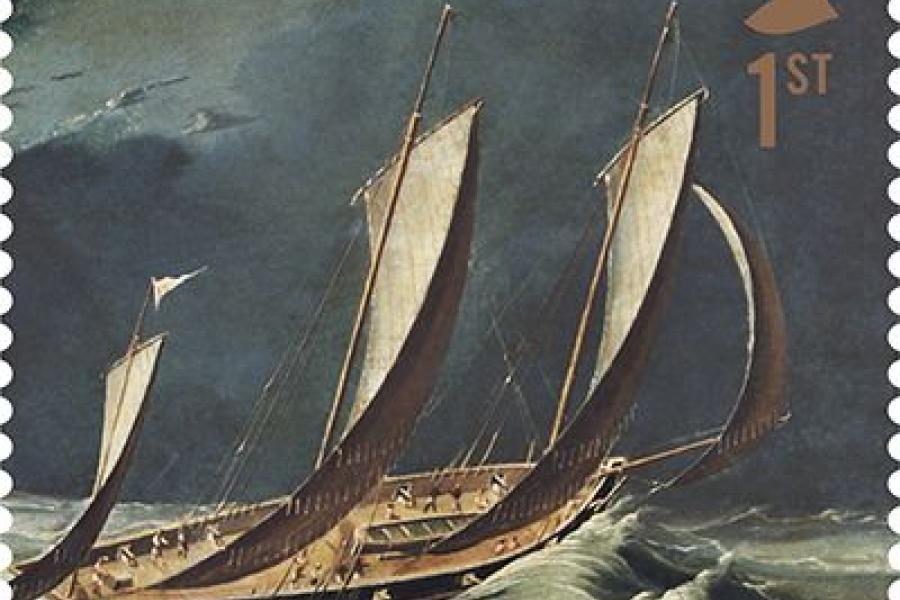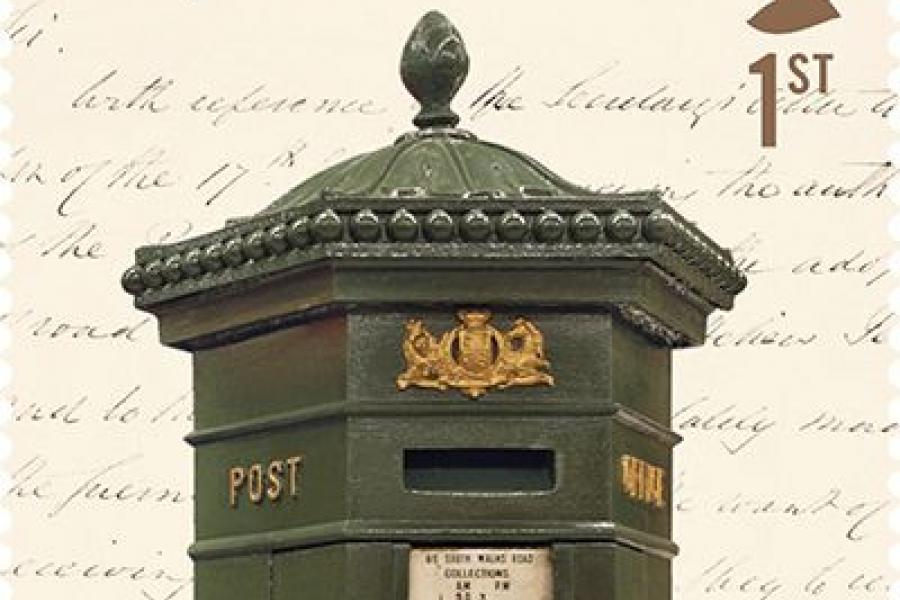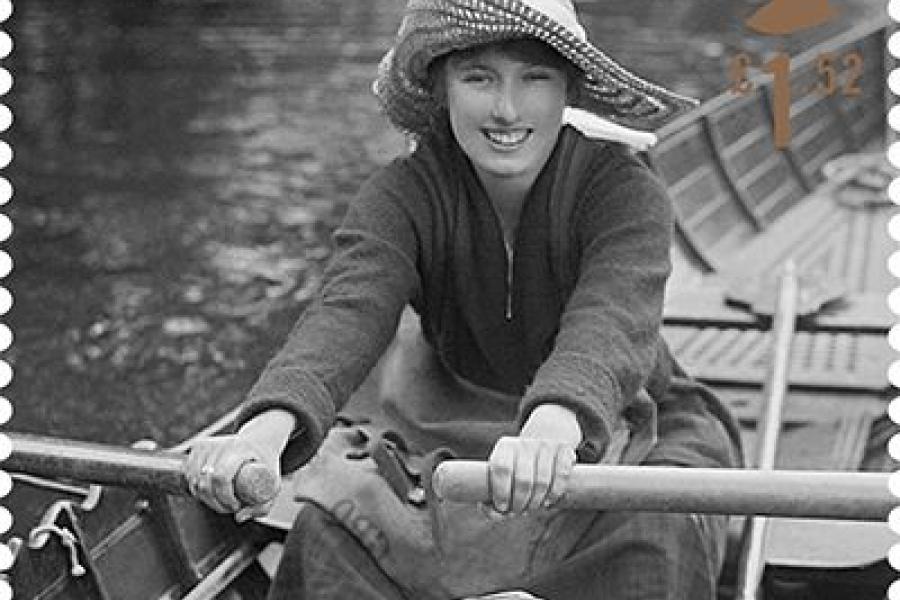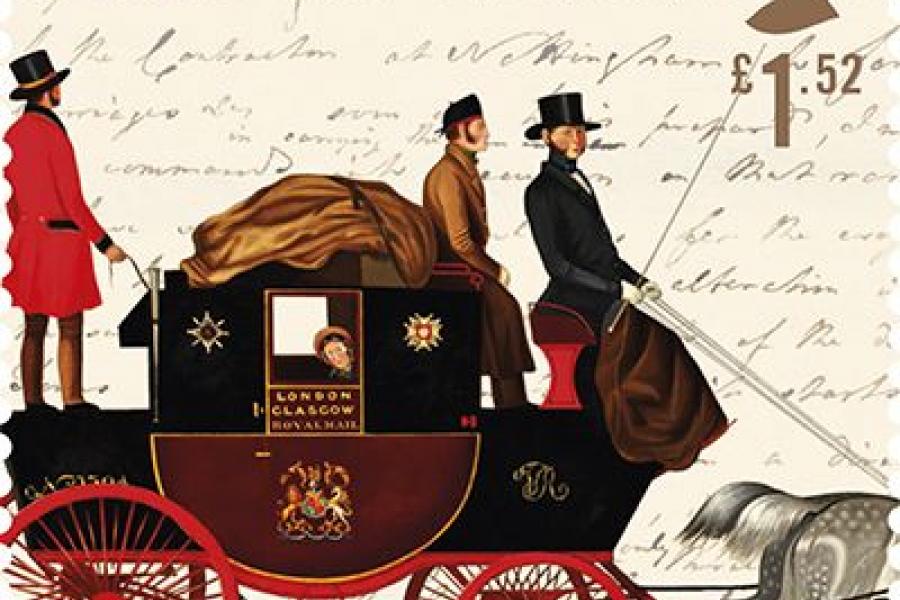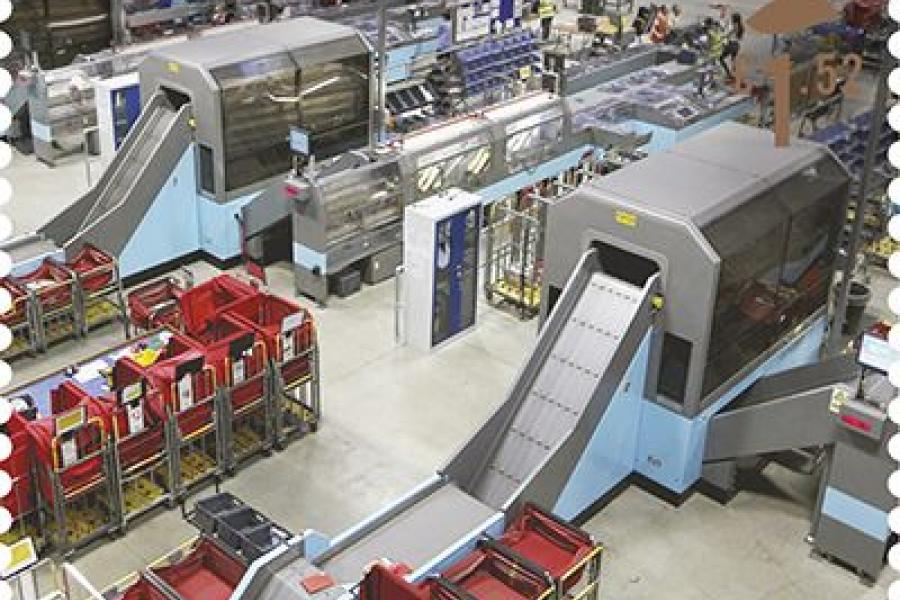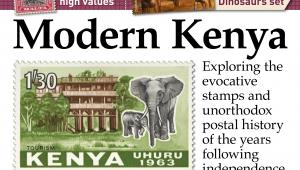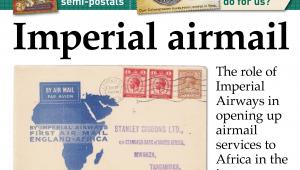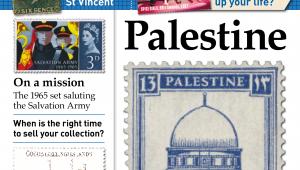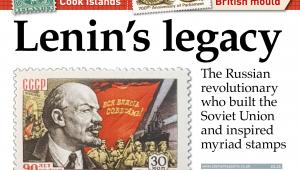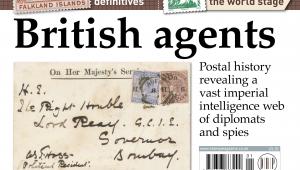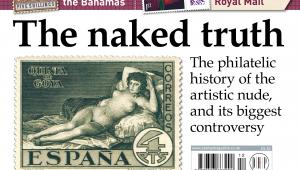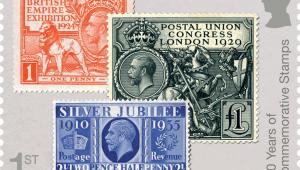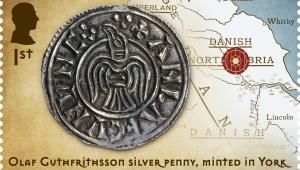Royal Mail 500
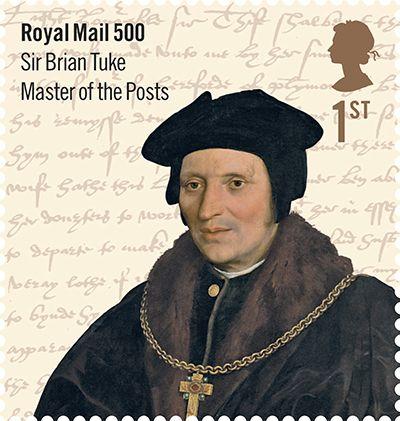
Royal Mail’s 2016 celebrations marking the 500th anniversary of operating an organised postal service will get underway with a stamp issue on February 17.
Entitled Royal Mail 500, the issue comprises a set of six individual stamps giving a flavour of how a formal postal network was established and expanded, plus a four-stamp Classic GPO Posters miniature sheet reproducing advertising posters of the mid-20th century.
Royal Mail says it has chosen to celebrate its big anniversary this year because the importance of the office of Master of the Posts was recognised when its first holder, Brian Tuke, was knighted by King Henry VIII in 1516.
The monarch’s private Royal Mail was not opened up for use by the public until 1635, under King Charles I, which why a 1985 stamp issue marked 350 years of the public postal service.
The stamps were designed by Atelier Works, largely using images from the British Postal Museum & Archive (now The Postal Museum), and printed in lithography by Cartor.
1st class Sir Brian Tuke
Tuke was appointed by King Henry VIII of England to the role of Master of the Posts (the precursor to the office of Postmaster General) in 1516, to give the monarch more power over how communications were conveyed in his realm, by mounted messengers riding from post to post. Tuke’s portrait was painted in the 1530s by Hans Holbein the Younger, and the background image is a letter written by Tuke to the King’s chief minister Thomas Cromwell.
1st class Packet Ship
Mail Packet Off Eastbourne is a 19th-century oil painting of an unnamed ship by Victor Howes, a former ship’s captain. Before airmail, packet ships were the principle way of conveying international post.
1st class Penfold Pillar Box
Introduced in 1866 and distinctively hexagonal and decorated, the Penfold pillar box remains the only postbox named after its designer, John Penfold. Surviving examples are listed buildings. The background image is a letter written by Anthony Trollope, the Post Office surveyor and author, proposing the introduction of pillar boxes in Guernsey in 1851.
£1.52 River Post
River postmen used to operate in several areas of Britain, including on the River Thames from 1980 until 1952 delivering mail to ships. This photograph of an unnamed river postwoman is one of a collection by Horace Nicholls, held by the Imperial War Museum, featuring women taking up a wider range of employment during World War I
£1.52 Mail Coach
Mail coaches were introduced from 1782 at the suggestion of John Palmer from Bath, and remained the quickest means of moving the post around Britain until the growth of the railway network in the 1840s. The background image is a letter written by Palmer regarding the introduction of mail coaches in Portsmouth
£1.52 Medway Mail Centre
Opened in 2012, this £70m mail processing centre replaced four separate sorting offices in Kent. Its six sorting machines can handle three million items each night.
MINIATURE SHEET
1st class Quickest Way by Air Mail
Poster designed by Edward McKnight Kauffer, 1935
1st class Address Your Letters Plainly
Poster designed by Hans Schleger, 1942
£1.33 Pack Your Parcels Carefully
Poster designed by Hans Unger, 1950
£1.33 Stamps in Books Save Time
Poster designed by Harry Stevens, 1960
OTHER PRODUCTS
A presentation pack and stamp cards are available as ever, and a special handstamp for first day covers carries a quote by Brian Tuke.
All 10 stamp designs also appear in the 500 Years of Royal Mail prestige stamp book, issued on February 18 (see page 22).
PRICES
Set of 6 stamps £6.45
Miniature sheet £3.92
Presentation pack £10.90
Stamp cards £4.95
First day cover (stamps) £8.22
First day cover (miniature sheet) £5.18
VERDICT
COMMEMORATIVE WORTH 4/5
A 500th anniversary is well worth celebrating, but settling on 1516 as the start of something radical is a little unconvincing
QUALITY OF DESIGN 2/5
Some of the chosen images are quite random, and they do not sit well together as a set
WOW FACTOR 1/5
This is an issue that is unlikely to make much impact on the letter-sending public

